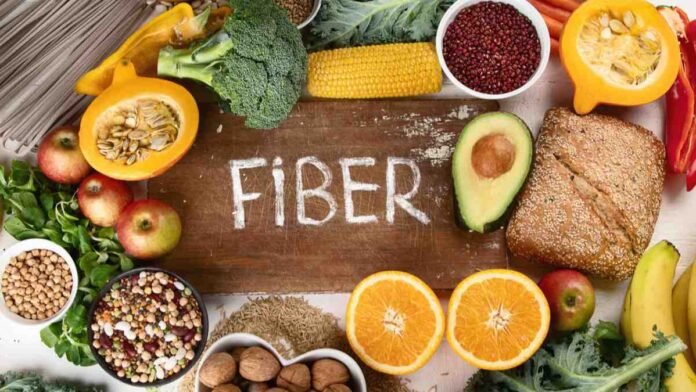Fibre is an essential component of a healthy diet, but most Indians fail to meet the daily requirement. According to nutrition experts, an average Indian consumes far less fibre than the recommended 25–30 grams per day. This “fibre crisis” in India is a growing concern, as it is linked to lifestyle diseases like obesity, diabetes, and digestive issues. But why are we facing this problem, and how can you fix it?
Why is There a Fibre Deficiency in India?
The primary reason for low fibre intake is the shift from traditional, wholesome meals to highly processed foods. Urban lifestyles have increased the consumption of refined grains, fast foods, and packaged snacks while reducing fruits, vegetables, and whole grains. This dietary imbalance, combined with poor awareness, has created a fibre gap in the Indian diet.
6 Dietitian-Approved Ways to Boost Fibre Intake
- Include More Whole Grains
- Swap refined flour for whole wheat, brown rice, or millets like ragi and jowar. These are rich in both soluble and insoluble fibre.
- Add Fresh Fruits Daily
- Aim for 2–3 servings of fruits every day. Apples, pears, guavas, and berries are excellent fibre sources.
- Load Up on Vegetables
- Fill half your plate with vegetables in every meal. Leafy greens, carrots, and broccoli are high in fibre and nutrients.
- Eat More Legumes and Pulses
- Include lentils, beans, and chickpeas in your diet. They are protein-rich and packed with fibre.
- Snack Smart with Nuts and Seeds
- Almonds, flaxseeds, and chia seeds make great fibre-rich snacks that are easy to add to smoothies or salads.
- Stay Hydrated
- Fibre works best when combined with water. Drink 8–10 glasses of water daily to aid digestion and prevent constipation.
Fibre is crucial for digestion, weight management, and overall health. By making small, smart changes to your diet, you can easily overcome fibre deficiency. Start today and experience the difference in your energy levels and gut health!



